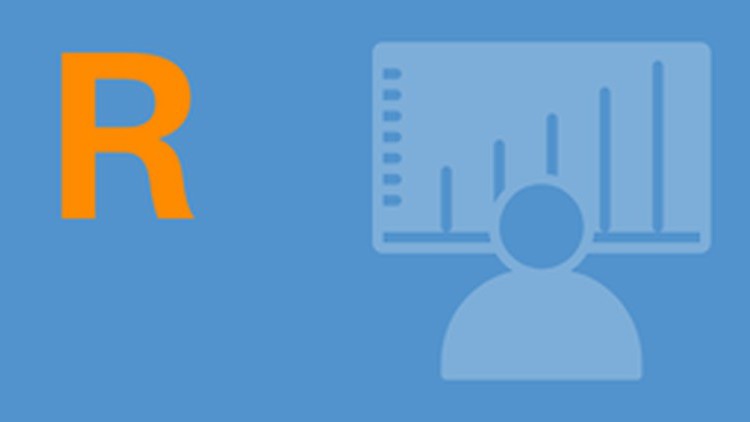Introduction to R programming
People who know how R programming works will find it easy and even fun to work in R.
What you’ll learn
Introduction to R programming
- Set up R and R studio.
- R studio is a good place to work.
- Download the packages.
- This word is most relevant:
- Basic data manipulation is what you need to do.
- Understand how R can work with different types of data and how it can help you.
- Be able to do some simple statistical analysis.
Requirements
-
None of that is required. The things you learn will be important.
Description
Finding R difficult? It doesn’t need to be. This course will walk you through the basics in a way that is easy to follow. I teach with examples that use datasets that are already built into R Studio, so you can replicate the code at home.
The trick with R programming is to start with the basics and have a clear analysis plan. It should look something like this: 1) import and inspect your data, 2) clean and shape your data, including selecting variables, filtering rows, and dealing with missing values, 3) describe your data, including tables that summarise key parameters, 4) visualize your data, and 5) undertake appropriate statistical and modeling analysis.
This course will give you a general understanding of how R programming works. You’ll find it easy and in fact exciting to work in R once you’ve overcome the initial fear of programming. It makes a lot of sense to do data analysis using R because you’ll have a clean record of how you drew your conclusions. Working with R also facilitates collaboration with others (so you can get help from experts very easily).
If this is your first step into the world of R programming – welcome aboard. You’ll love it. So don’t delay, sign up now and start the adventure!










